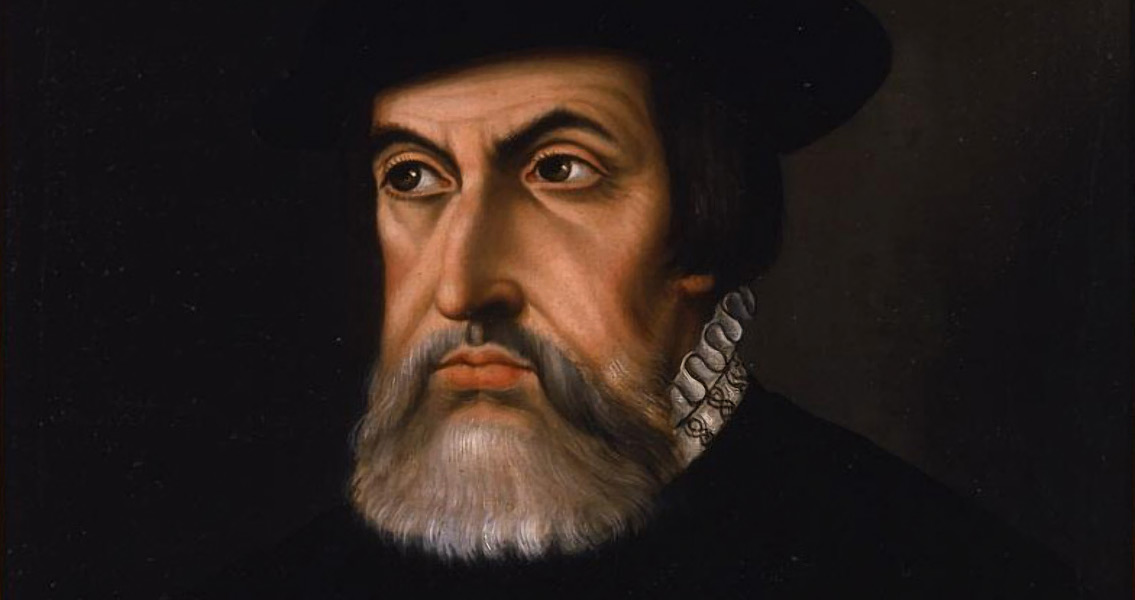<![CDATA[In 1519, Spanish Conquistador Hernán Cortés landed on Mexico’s Yucatan Peninsula with approximately 500 men, 11 ships, 13 horses and a few cannon, and just a few months later claimed the land for Spain. Now, a document believed to be a census of the land Cortés was awarded by the Spanish crown has been rediscovered at the Jagiellonian University in Kraków, Poland. Created almost 500 years ago, during or shortly after Cortés’ conquest between 1519 and 1524, it’s one of the oldest known documents written in the Aztec language of Nauatl but using the Roman alphabet which was introduced by European settlers. Experts believe Cortés ordered the census to determine the value of the land he’d been awarded, known as the Marquesado del Valle de Oaxaca. The estate went beyond the valley of Oaxaca to include a vast strip of what is today Veracruz, Morelos and Michoacán in Mexico. The census contains information about the landscape of villages, each containing 200 to 250 people, the food they consumed, the average number of people in each household and what they paid in taxes. Also revealed by the document was a tax, on corn, eggs, and cocoa that had been previously unknown. An important aspect of society during the period following the European conquest is who was not required to pay tribute to Cortés, including the nobility, who were given the task of maintaining control of the local population, and widows. The Christian settlers, who widely accepted the region's widespread slavery practice, considered exempting people from paying taxes as a good deed. Missionaries at the time claimed the whole population had been converted, however, the census reveals that often it was only the children in a family who had been baptized. Cortés was known to be a devout Catholic. His representatives destroyed the religious shrines in every village within the Marquesado del Valle de Oaxaca immediately after entering them, replacing them with representations of the Virgin Mary. There is a large gap in the document's history, so how it made its way to Poland remains a mystery. Between the time it was written and sometime in the nineteenth century, very little of its whereabouts is known. Beginning in the nineteenth century, the records indicate the document was purchased by a German trader from a dealer of antiquities. The German trader then gave it to Prussian royals, and following that exchange, it was donated to the Royal library located in Berlin, Germany. Early in the twentieth century it was studied in Germany then relocated to a castle in Silesia, Poland at the beginning of the Second World War for safe keeping. From there it traveled to an abbey in Krzeszów, Silesia, along with other historical documents, all of which were ultimately donated to the Jagiellonian Library in Kraków. The documents weren’t identified until decades later. Researchers have started a three-year project which will be the first comprehensive study of the Cortés census. ]]>
Census Document Details the Aztec Land Conquered by Cortés
